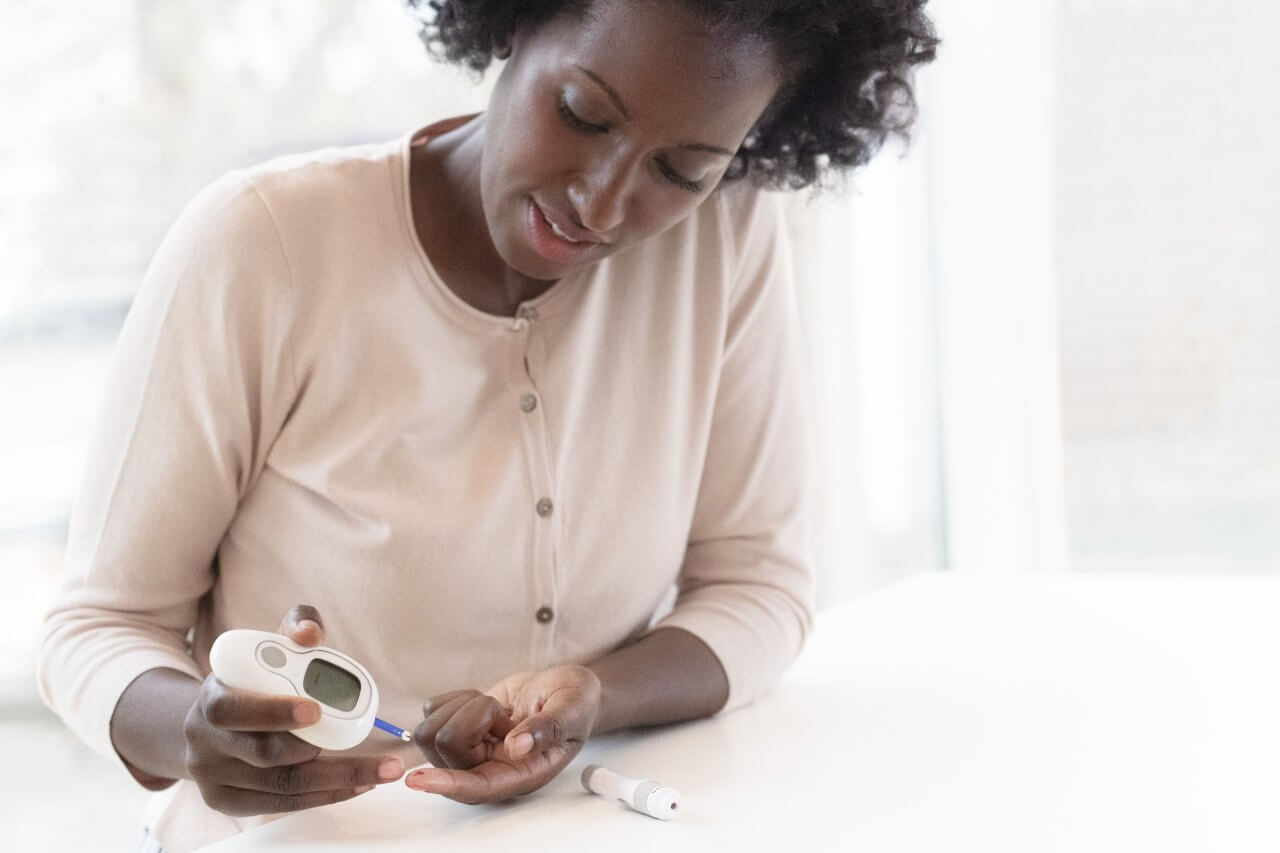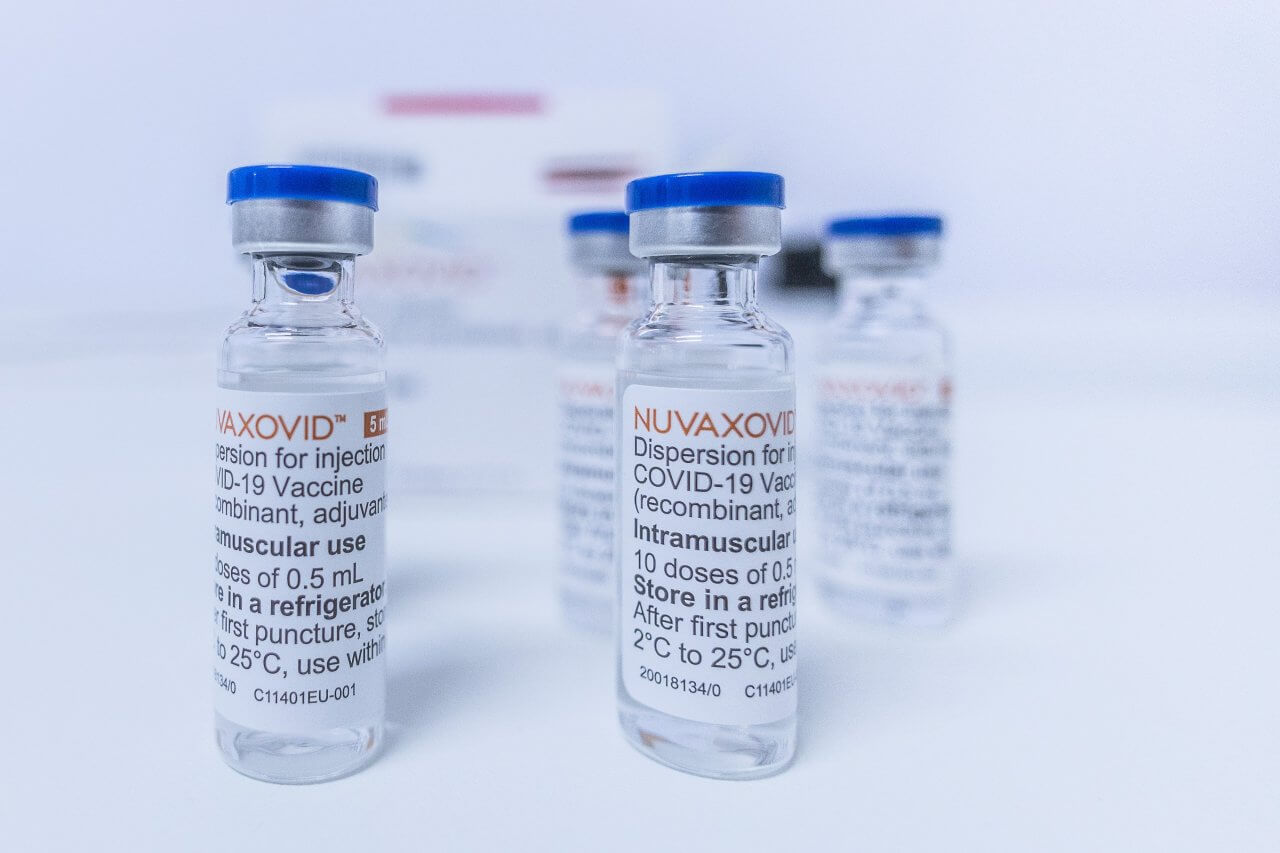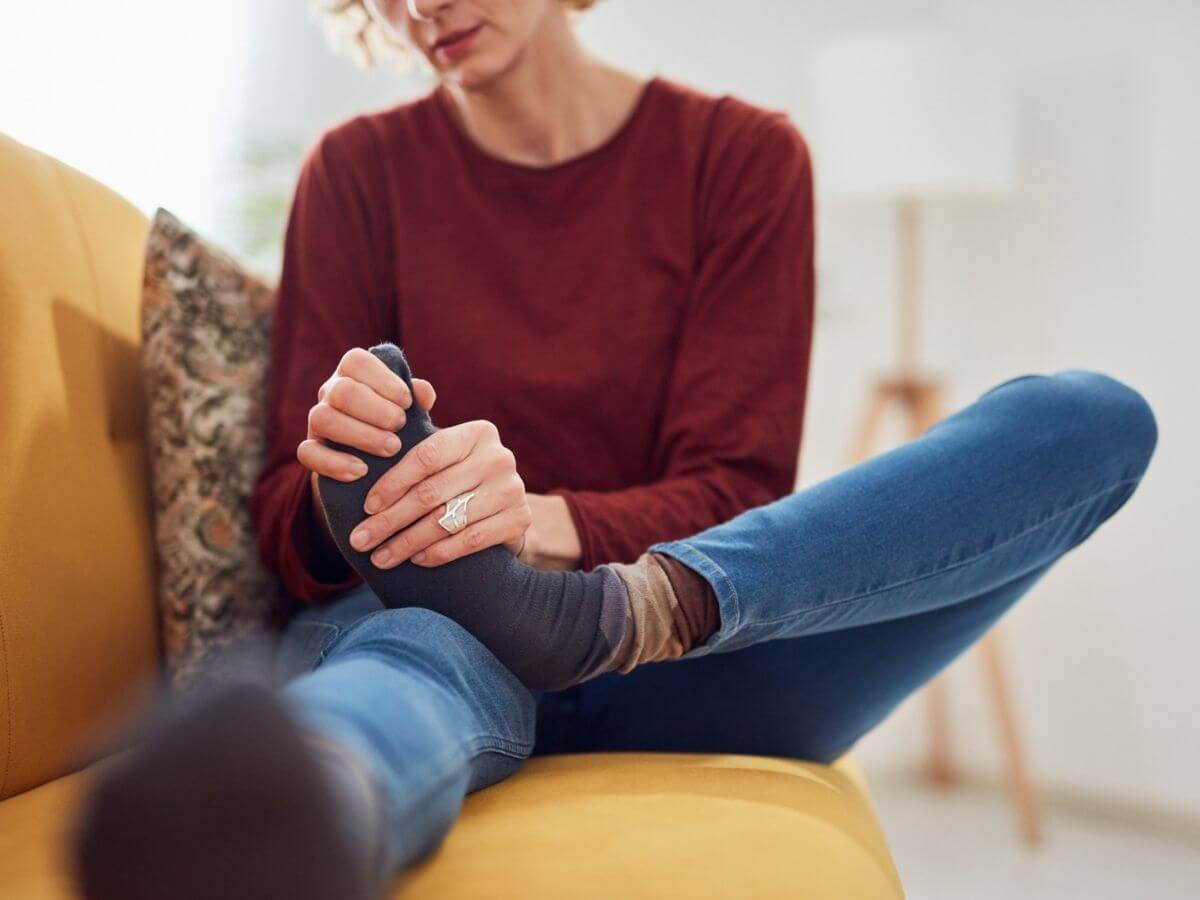Recovering from COVID-19? Here Are 5 At-Home Exercises That Can Help.

If you’ve contracted COVID-19 and experienced symptoms, you know it’s an illness that can take a lot out of you. Both the resources your body had to expend to beat the bug and the time you probably spent in bed or on the couch while you were sick have no doubt, decreased your fitness and energy levels.
So, while you may be eager to resume your typical routines and activities, it’s important to recognize that it’ll take some time to recover your strength. The most effective way to get back to normal is to increase your exertion gradually and patiently.
Post COVID Care – When and Where You Need It.
Baptist Health has developed a program for patients that had COVID-19 and are still experiencing symptoms or do not feel they have fully recovered. If you are experiencing any issues after having COVID-19 such as persistent shortness of breath, exercise intolerance, or ongoing symptoms, you can get care now from Baptist Health’s long COVID program via a virtual visit with a provider.
How to Regain Your Strength and Energy Following Your Illness
As you feel yourself beginning to recover from COVID-19, take the steps below to retrain your body and regain your strength:
1. Move around inside your home.
At first, simply getting off the couch to walk to the bathroom or grab a healthy snack in the kitchen may feel like a big effort. But those short trips are a great way to “wake up” your muscles and prepare them for activities with increased duration and intensity later.
2. Take short walks in your neighborhood.
When you’re ready, start taking short walks outside. Ten to fifteen minutes is a reasonable target. Not only is the activity good for you, but the fresh air and sunshine can help boost your spirits. As your body gets more accustomed to activity, gradually increase the pace and distance of your walks.
3. Heel and leg lifts.
Another way to strengthen your lower body is to perform heel and leg lifts. Stand near a sturdy surface like a kitchen counter in case you need to steady yourself and lift your heels so that your weight is on the front of your foot and your toes. Hold for a moment and then return your heels to the floor.
Do this exercise 10-15 times per “set” and do 2 to 3 sets. Next, being careful to maintain your balance, bring one knee up toward your chest, hold briefly, and return your foot to the floor. Alternate from right to left, so each knee is lifted 10-15 times per set and do 2 to 3 sets.
4. Practice simple yoga poses.
There are many free resources available online that can teach you yoga poses that’ll help increase your flexibility and strength. Choose a few that you’re confident you can handle at your current fitness level and practice them regularly.
5. Add jogging to your routine.
When you’re ready to raise your heart rate a little more, try walking for 5-10 minutes followed by just one minute of slow jogging. Then walk another 5-10 minutes and repeat a few times. Set a goal of 30-40 minutes of continuous activity and work gradually toward it.
Learn about the phased approach to COVID-19 vaccination and where you are in line.
Slow and Steady…
Easing back into an exercise routine minimizes your risk of injury. It also helps keep you from stressing your immune system and opening yourself up to another illness. The “slow and steady” approach takes a little longer, but very soon you’ll be back to where you were before you contracted COVID-19 and glad to have it behind you.
More Questions About COVID-19 and the Vaccine?
To learn more about COVID-19, visit the Baptist Health COVID-19 Resources page. Getting vaccinated is the best way to protect yourself from serious illness related to COVID-19. Learn more about COVID-19 vaccines and schedule your vaccination appointment today.
Next Steps and Useful Resources:
5 Stretches You Should Do Every Day
Fun Exercises You Can Do With Kids
At-Home Exercises For Weight Loss
Determination Fuels Recovery



